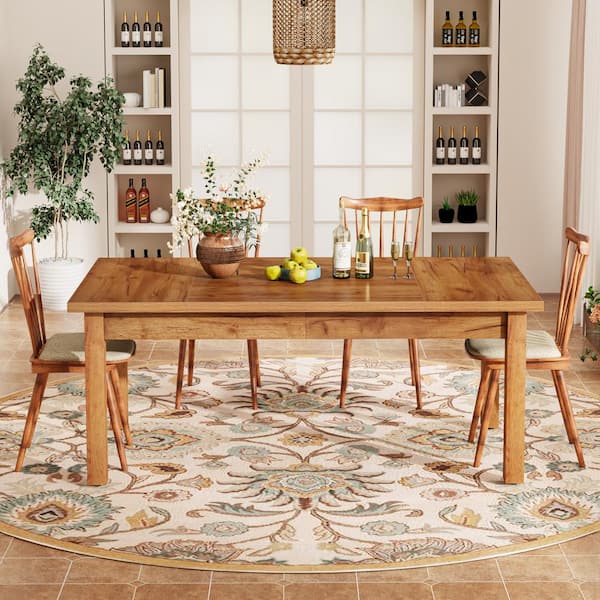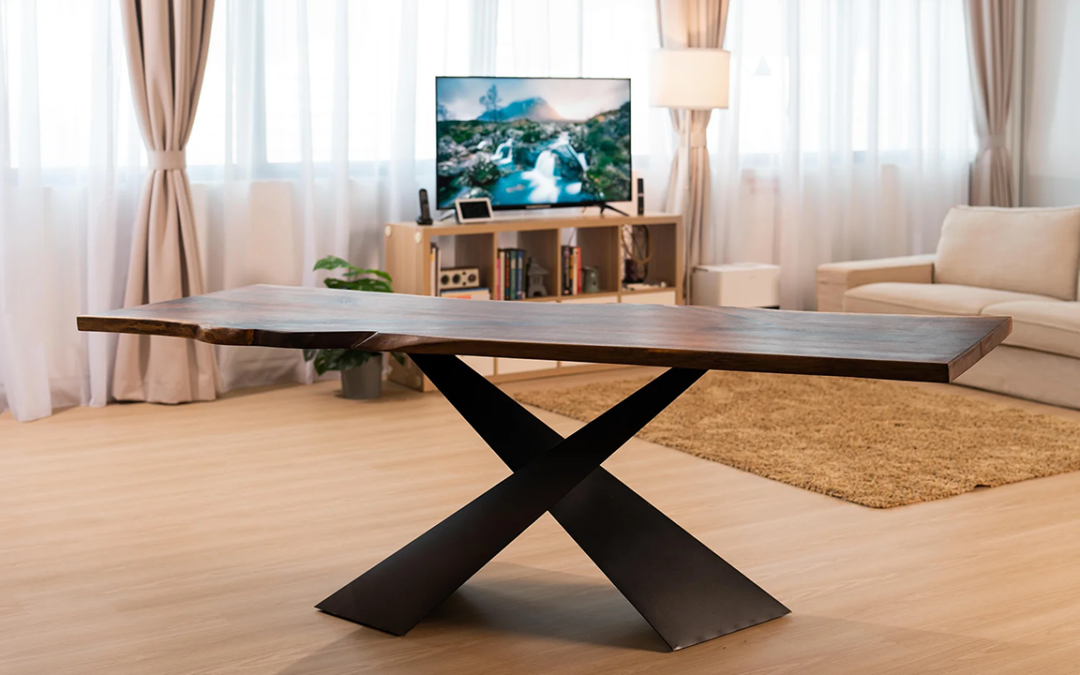The Ultimate Guide to Choose Long Lasting Dining Room Table Legs
Wiki Article
A Comprehensive Check Out Dining Table Leg Styles: Finding the Ideal Match
Selecting the best dining table leg design is vital for both aesthetic appeal and functional functionality. Conventional 4 legs use classic elegance and stability, while the pedestal base offers raised legroom and a modern-day look. For those with larger tables, trestle legs make sure strong support, whereas barrette legs present a mid-century modern ambiance with their minimal design. The x-shaped legs mix contemporary style with boosted security. Each of these options brings special advantages, making the selection extra than just a matter of preference. Check out further to discover which style perfectly enhances your eating space and way of living.Traditional Four Legs
Amongst the numerous types of eating table leg styles, the typical four-leg design stays a timeless option for lots of homes. Four legs offer balanced support, making sure the table stays stable and capable of bearing substantial weight (dining room table legs).From an aesthetic point of view, the conventional four-leg layout can be quickly adapted to numerous interior designs. Whether crafted from timber, metal, or a mix of products, these legs can be elaborately carved, sleek and minimalistic, or anything in between. Their convenience enables them to match both rustic and contemporary setups perfectly.
Additionally, the straightforward framework of the four-leg layout promotes convenience of activity and positioning within a room. Unlike even more complex bases, this style minimizes obstructions, supplying sufficient legroom for diners. In recap, the standard four-leg table leg style weds enduring beauty with practical capability, making it an astute choice for those seeking both form and function in their eating furnishings.
Pedestal Base
Typically commemorated for its stylish and space-efficient design, the stand base is a prominent alternative to the typical four-leg configuration in eating table leg styles. Without edge legs, restaurants are afforded higher flexibility of motion, making it a perfect option for round and oblong tables that promote even more intimate and inclusive events.The central column itself supplies a canvas for intricate designs and creative expressions, adding an aspect of visual rate of interest below the table. In recap, the stand base combines capability with style, making it a fine-tuned and sensible alternative for varied eating settings.
Trestle Legs
Trestle legs provide a robust and timeless structure for dining tables, characterized by their horizontal cross-bracing and sturdy assistance beam of lights. Stemming from middle ages times, this style has progressed yet kept its vital structure, making it a perennial fave in both conventional and contemporary setups. The central trestle beam, usually sustained by two or even more upright blog posts, supplies exceptional security, allowing for bigger table sizes without the requirement for additional legs.A substantial benefit of trestle leg tables is the ample legroom they provide. Unlike tables with 4 edge legs, the lack of obstructions at the table's edges gives unimpeded room for chairs and restaurants, improving convenience and accessibility. This makes trestle tables optimal for accommodating bigger events, whether in a dining-room or a banquet hall.
From rustic farmhouse to streamlined modern-day layouts, trestle legs can be personalized to match individual preferences. Their enduring allure and practical advantages make trestle legs a compelling selection for those seeking both design and functionality in their dining table.
Hairpin Legs

The allure of barrette legs exists in their simpleness and adaptability - dining room table legs. Readily available in an array of materials, consisting of steel and brass, they can be finished in many shades to complement various interior styles. Whether coupled with a rustic wooden tabletop or a modern glass surface area, hairpin legs easily blend capability with a touch of classic beauty
Sturdiness is one more significant feature of hairpin legs. Despite their here are the findings fragile appearance, these legs are engineered to birth considerable weight, guaranteeing the table stays stable and protected. In addition, they are relatively easy to mount, making them a popular selection for do it yourself enthusiasts and expert furnishings manufacturers alike.
X-Shaped Legs

Created from materials such as steel, timber, or a combination of both, X-shaped legs can be customized to match various layout preferences. Steel legs often offer a sleek and industrial feeling, suitable for loft-style houses and modern-day dining spaces. On Learn More the various other hand, wood X-shaped legs use a warmer, extra rustic appeal, suitable for farmhouse or eclectic interiors. The flexibility in materials allows house owners to tailor their dining tables to much better fit their overall layout plan.
Moreover, the engineering behind X-shaped legs makes sure even weight distribution, reducing the threat of tottering and improving toughness. This makes them especially appropriate for bigger dining tables that need extra support. Essentially, X-shaped legs blend practical design with modern-day aesthetic appeals, making them an ageless selection for varied eating environments.
Final Thought
A detailed understanding of dining table leg styles reveals the distinct qualities and advantages of each style. Trestle legs make sure robust assistance for bigger tables, and barrette legs present a mid-century modern-day visual.Report this wiki page